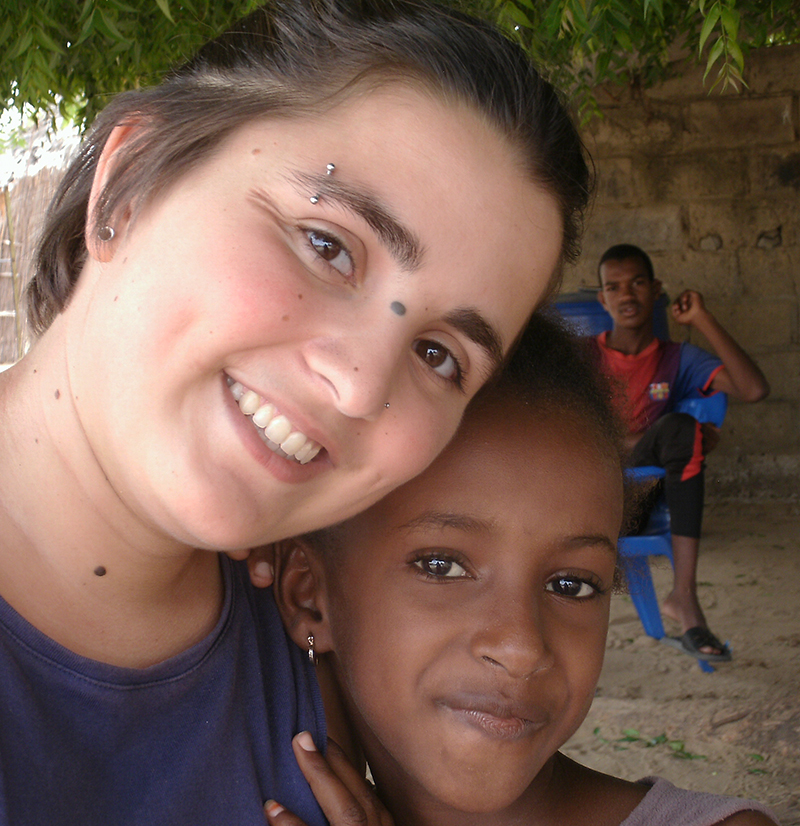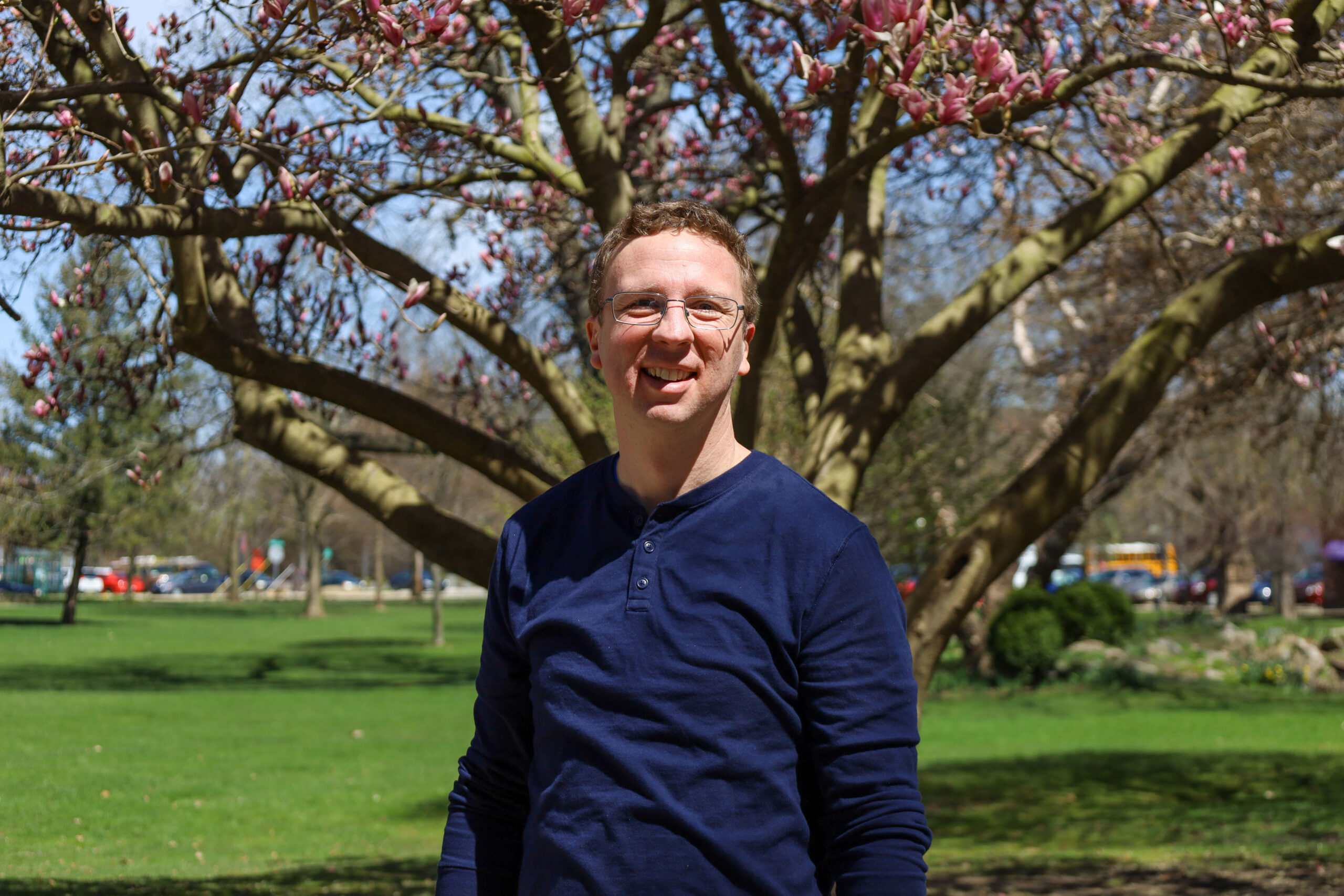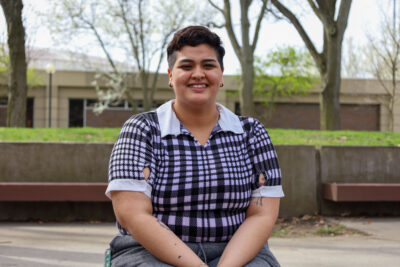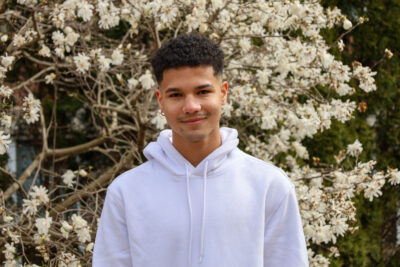On a weekend trip to the Muslim holy city of Touba, the Senegal SST group had the opportunity to meet with a cheikh, a spiritual leader within the Muslim faith. As we sat in a circle on the floor, the cheikh tried to convey the importance of our visit.
He explained that Islam is a peaceful and welcoming religion, and he believes that the story that the West tells about Islam is incomplete and inaccurate. In America there is a differing reality of Islam that is pervasive through the media and general understanding.The Islam that I experienced in Senegal did not fit these common stereotypes that Americans have, but rather fit the definition the cheikh was referring to.
While living with two different Muslim families, I found a diverse spiritual ideology that shaped people’s lives. The Islam in Senegal is very specific. It was born out of the lower class, when it was introduced in the 18th century. The form, or sect, of Islam practiced in Senegal is Sufi Islam, a mystical form of Islam that focuses on internal spirituality and the practice of worship. Some of Senegal’s traditional spirituality, or animism, has been incorporated into Islam, creating a unique expression of the faith.
While all Muslims adhere to the five core pillars, there are other elements of Senegalese Islam that are unique. The most visible examples are the protective beads and pouches that babies wear, which are sometimes carried into adulthood. This protective jewelry is a part of the traditional spirituality, which has been incorporated and evolved into the Senegalese Islam.
Many people that I talked with also carried traditional understandings of curses and spirits, which lie outside the core teachings of Islam.
Day to day life within a Muslim context was relaxed, and people were very willing to share their understanding of religion with me. Spending the majority of Ramadan (one month of fasting) with my Senegalese family was eye opening and very informative to this practice of faith within my community.
In addition, the adults and older siblings would assist the younger ones through their first time of prayers. My ten-year-old host sister, Bineta, had a hard time getting through the prayers without a laughing fit. Her older sisters helped her, through explanation and coaching, to value this time of prayer.
This commitment to the practice and spirituality of Islam was apparent to me in both my small village community of Pire Gouré and the larger community of Senegal.
The Islam that the cheikh tried to relate to our SST group is based around peace and ritual expressions of faith. This is the Islam that I experienced within my community of Pire. In order to fully understand the religion of Islam and represent it honestly, we need to share stories like these in America.



